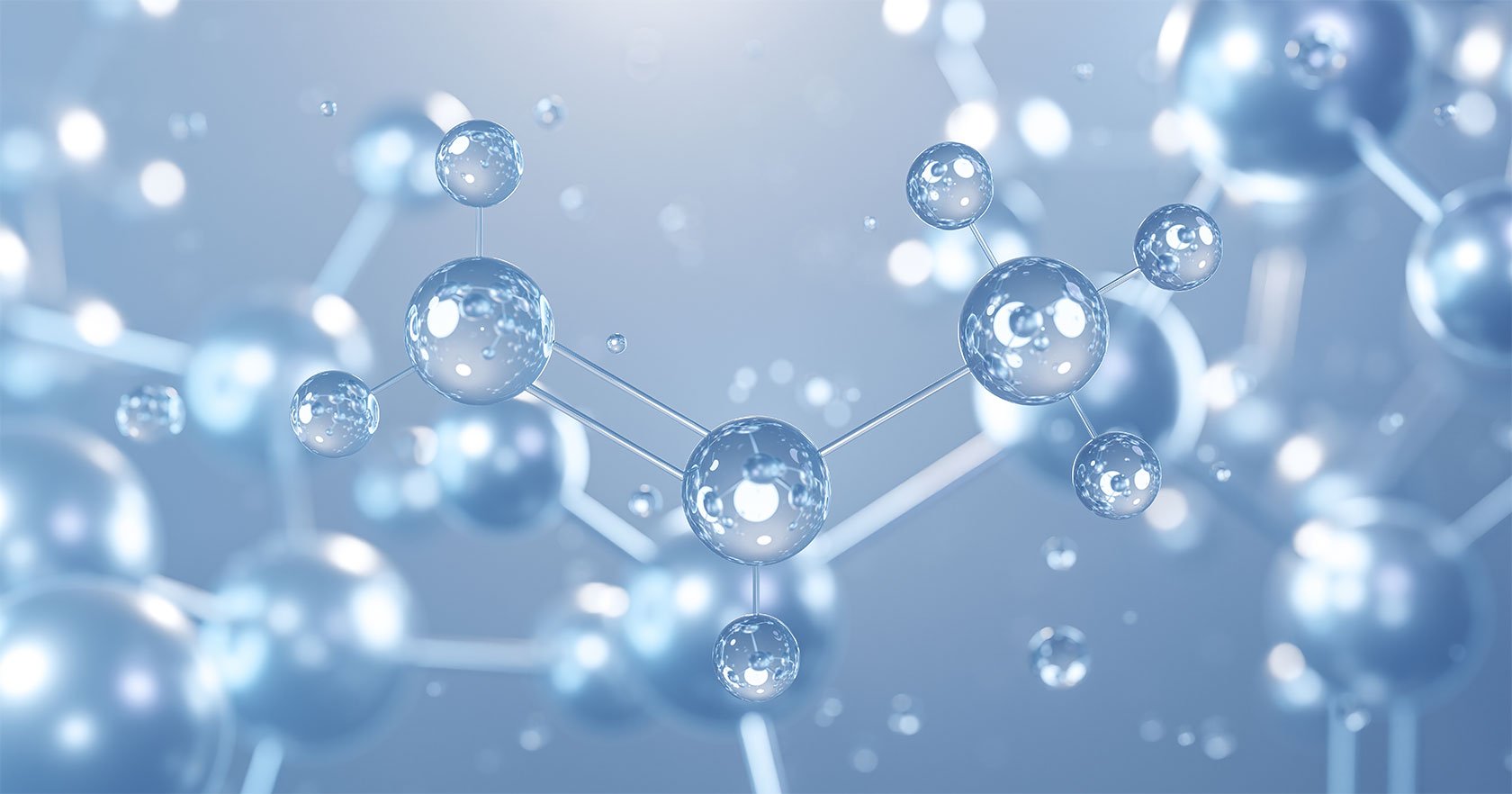A team of researchers led by Hao Li from Tohoku University has unveiled a groundbreaking method to produce valuable industrial chemicals from propylene using a low-cost catalyst: lead dioxide (PbO2). The study, published on October 7, 2025, in the journal Catalysis Science & Technology, highlights the active role of oxygen atoms within the catalyst during the chemical reaction, paving the way for more sustainable production processes.
Traditionally, the oxidation of propylene involves the use of noble metals such as platinum and palladium, which are both expensive and environmentally taxing to extract. According to Li, “Current industrial oxidation processes often utilize hazardous oxidants like chlorine or peroxides, leading to significant safety and waste-disposal challenges.” His research aims to find safer alternatives that are both effective and environmentally friendly.
The innovative approach leverages lead dioxide, a non-noble metal oxide, as a catalyst powered by electricity. In this process, oxygen is sourced from the catalyst’s own crystal lattice, rather than relying on external oxidants. This mechanism functions similarly to a rechargeable battery, where the catalyst “lends” oxygen atoms to facilitate the reaction and subsequently “recharges” by extracting fresh oxygen from water in the system. This built-in recycling loop enables a clean and efficient reaction without the need for hazardous chemicals.
To confirm their findings, the researchers employed advanced “in-situ” techniques that allow observation of chemical processes in real-time. Using electrochemical attenuated total reflection Fourier transform infrared (ATR-FTIR) spectroscopy, they identified key reaction intermediates on the catalyst’s surface. Additionally, differential electrochemical mass spectrometry (DEMS) provided concrete evidence that lattice oxygen actively participates in the oxidation reaction.
Li emphasized their goal of understanding how non-noble metals can replicate the chemical efficacy of noble metals in a more sustainable manner. “By demonstrating that lattice oxygen plays an active role, we have opened new possibilities for designing catalysts that are both efficient and environmentally friendly,” he stated.
The research not only establishes a new reaction mechanism but also validates long-held theoretical predictions that had been difficult to confirm experimentally. By meticulously controlling reaction conditions and employing cutting-edge techniques, the team illustrated the interactions between oxygen vacancies and lattice oxygen during electrochemical oxidation.
Looking to the future, the researchers plan to refine their catalyst design further. They intend to modify the electronic structure of lead dioxide through doping and oxygen-vacancy engineering to assess how various metals and vacancy levels influence the reaction’s efficiency and selectivity. All experimental and computational data from this study are available via the Digital Catalysis Platform, an open-access database developed by the Hao Li Lab to promote scientific collaboration and catalyst design globally.
The article, titled “Probing the Reactivity of In-Situ Formed Oxygen Vacancies of Non-Noble Lead Oxides for Anodic Propylene Oxidation,” features contributions from a diverse team of researchers, including Jia Ge, Tian-Yi Wang, Xiao-Long Zhang, and others, reflecting a collaborative effort in advancing chemical research for sustainable practices.



































































